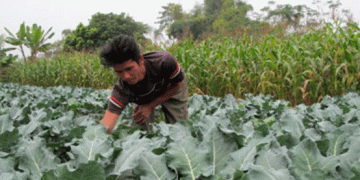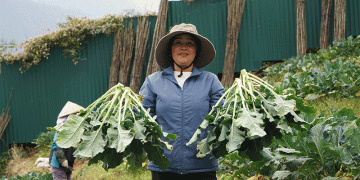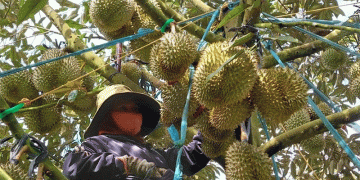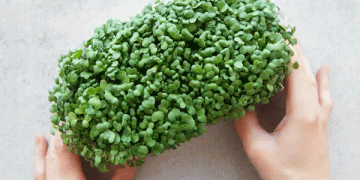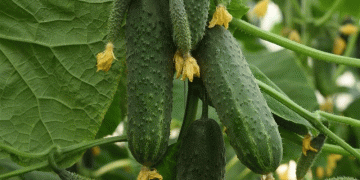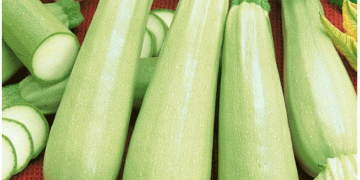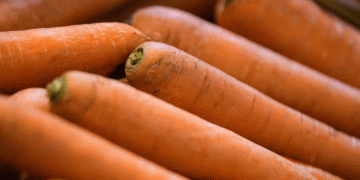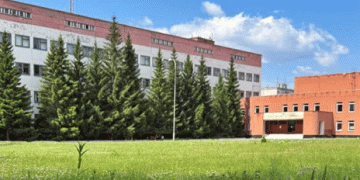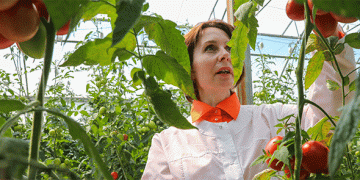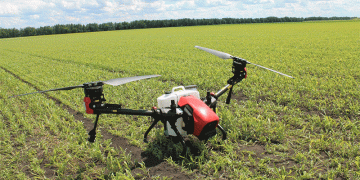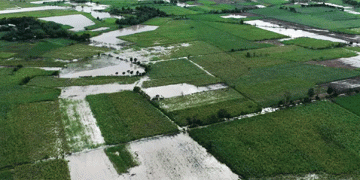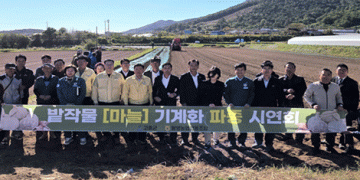In the mountainous region of Nghĩa Lộ town, Nghĩa Lợi commune has become a small-scale success story of how targeted rural development programs can generate real economic results for farmers. Under the 2012 National Target Program on New Rural Development, the commune received nearly 377 million VND (~$16,000), with 170 million VND provided by the state, to implement three production models aimed at improving livelihoods.
Each of the models focused on leveraging local conditions and labor resources, combining technical training, full input support, and practical agricultural techniques.
Model 1: High-Quality Broccoli Cultivation
- 35 households participated
- 2.5 hectares of broccoli (mainly green varieties)
- 100% of seed, fertilizer, and pesticide costs covered
- Farmers received training in good agricultural practices (GAP), pest management, and market standards
Results:
Early harvests showed higher-than-average yields, better market prices, and positive consumer feedback due to the quality and freshness of the produce. With broccoli recognized globally for its high nutritional value and increasing demand, especially in urban and export markets, this model generated significant short-term income improvements.
Studies from Vietnam’s Institute of Agricultural Sciences suggest that broccoli cultivation, when managed with proper input and training, can yield up to 18–22 tons/ha and profit margins of over 30%, especially in cooler upland climates like Nghĩa Lợi.
Model 2: Export-Oriented Chili Pepper Farming
- 7 households participated
- 0.6 hectares of chili peppers (export-grade varieties)
- Inputs fully subsidized; farmers trained on export compliance, pest control, and irrigation
Results:
Although smaller in scale, this model opened doors to contract farming opportunities with exporters, particularly in regional spice markets. According to the Vietnam Pepper Association, Vietnamese chili exports reached over $62 million in 2023, with steady demand in South Korea, China, and Europe. The model in Nghĩa Lợi helped farmers tap into this potential, shifting from low-value staple crops to higher-value cash crops.
Model 3: Reproductive Buffalo Breeding
- 16 households participated
- Each household received one breeding female buffalo, valued at 5 million VND (~$210)
- Focus on increasing local buffalo populations for meat and draft purposes
Results:
Buffalo remain critical to upland agriculture in northern Vietnam, serving as a source of labor, meat, manure, and financial security. Female buffalo can produce one calf every two years, with market prices for calves rising steadily. This model supports both income diversification and livestock genetic improvement, contributing to longer-term rural resilience.
Broader Impact: Shifting the Agricultural Landscape
Beyond the immediate financial gains, the introduction of these models has led to behavioral change among farmers. They have adopted more structured crop and livestock planning, embraced technical training, and shown increased interest in market-oriented production.
The success of Nghĩa Lợi’s approach reflects key principles from global rural development programs:
- Holistic support (training + inputs + follow-up)
- Participatory design, engaging farmers in model selection
- Diversified strategies (crops + livestock) to reduce risk and build resilience
Nghĩa Lợi’s implementation of three targeted agricultural production models demonstrates how small-scale, community-led initiatives can create big change. By combining state support with local engagement, the commune has not only improved household incomes but also planted seeds for sustainable agricultural transformation. As global challenges—from climate change to market volatility—continue to affect rural areas, such localized, integrated models may offer a roadmap for broader rural revitalization.
